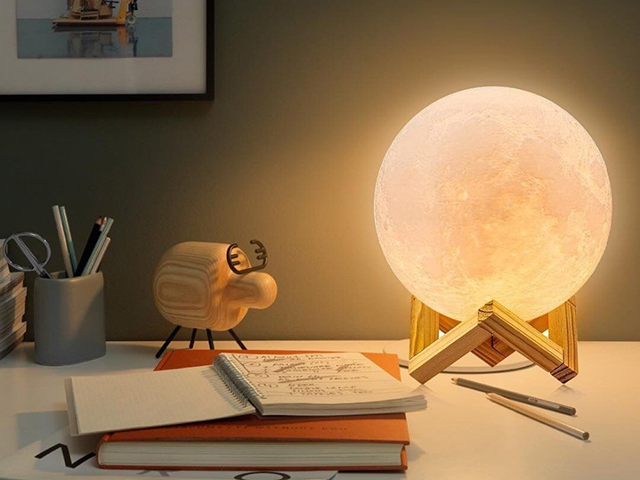There are plenty of issues to take into consideration when choosing a light shade. After 27 years of helping suppliers, designers and retail consumers match their lamps as well as shades these defining points will certainly allow you to answer this in some cases daunting concern on your own.
The appeal is not the only thing in the eye of the beholder. Individuals may currently have preconceived ideas of the ideal size, shape, color, material, and so on for a certain light shade. Better, after one has considered as well as coping with a particular lamp as well as shade combination for several years any inconsistency from that can highly likely be regarded as “wrong”.
So, just how can you make certain that a particular lampshade is right or that it “goes” with the light? Keep 3 basic factors primary in your mind: representation style, color dimension as well as shade upright location.
PORTRAYAL DESIGN: Most importantly, what do you wish to portray with the lamp? Take a look at your light and determine what style it is such as contemporary, traditional, antique, funky, and so on. If you actually can not discern a certain design after that you must determine what style or look you wish to represent with this light.
You will certainly desire the fundamental appearance or style of your light color to complement, not clash with the lamp style itself. You typically do not want a really ornate and detailed color if you wish to represent the tidy lines of extremely modern light. Similarly, you do not desire a clean-cut Chinese coolee-type shade for a light that you intend to depict as a conventional design. Believe in terms of like designs for the light and also color.
This does not mean colors, textures, size, etc. but basic style. Once you have determined the basic lamp style that you desire to represent, after that you can begin focusing on other details. Feel free to visit Lampe Design to get more information about choosing a lampshade.
SHIELD DIMENSION: This quality of your lampshade like all the others will obviously be subjective and will vary with the observer. But there are some guidelines that will help you identify the limits within which you have to consider. You are essentially searching for a balance in the lamp and also shade sizes that will make the light appearance neither leading hefty nor bottom hefty when watched from a distance of around 20 feet away.

There are four (4) dimensions to consider when picking a shade: leading diameter (across), lower size (throughout), side length (slope), and also decrease. The drop is the vertical distance the shade washing machine is from the top side of the shade. Do not be also interested in the decrease. The decrease as well as the harp size will identify the color upright area which we will certainly cover later on.
You simply need to be aware that various shades do have different drops. Small changes in the bottom diameter (1″-2″) will certainly have a remarkable result on the appearance of your light. The exact same puts on the side length as well as leading size. The many mixes of these various measurements can be mind-boggling. Below are some particular guidelines that you can lug with you to the store when choosing a lampshade.
Tool – small size standard or antique style lamps that are 20″ – 27″ tall to the top of the color will likely need tones concerning 9″ – 11″ side length and 16″ – 19″ bottom diameter.
Medium-dimension traditional or antique style lamps that are 27″ – 30″ high to the top of the shade will likely call for shades concerning 11″ – 13″ side length and also 16″ – 19″ bottom size.
Large-size traditional or antique style lamps that are 30″ – 36″ high to the top of the color will likely require shades regarding 12″ – 15″ side size and also 18″ – 20″ bottom diameter.
For each of the above instances, contemporary lamp tones will normally have larger bottom diameters and possibly side lengths also. Bigger size lights call for larger-diameter shades as well as more slim lamps call for smaller-sized diameter shades.
